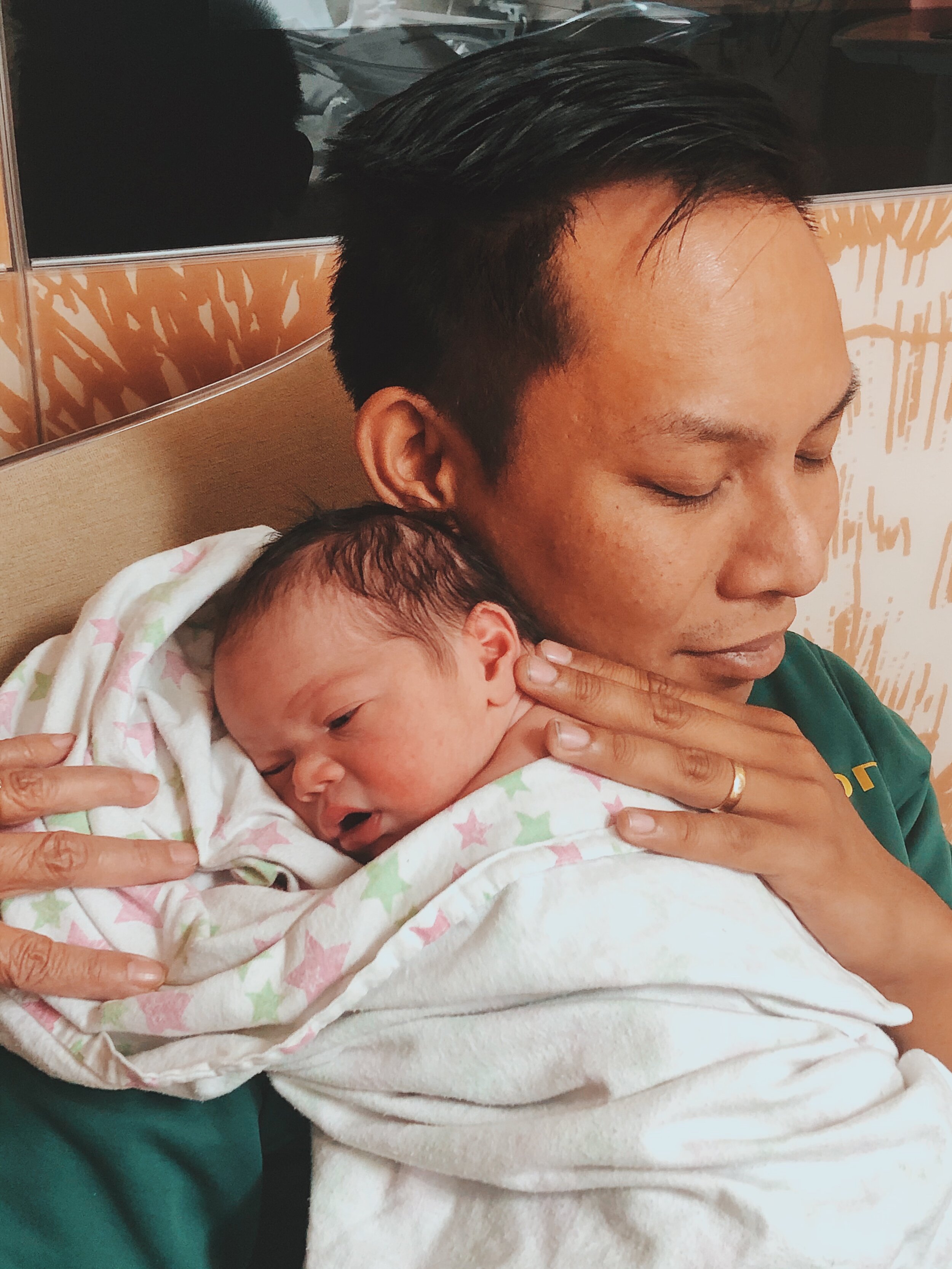20. Siena
Siena, Italy
March 2018
Photo #3008
In 2010 I studied abroad in Siena, Italy, having the time of my life. It ended up being one of the most personally enriching experiences. I grew confidence as a person, got to expand my creativity as a photographer, and discovered just how much I loved to travel. I was thrilled when I got to go back in 2018, bringing Deanna along with me. One amazing thing to observe was the way I evolved as a photographer over that time.
19. Karen Refugee Class
Mae Sot, Thailand
June 2014
Photo #1637
One of the coolest experiences I’ve had was being able to guest lecture at a sociology class inside a refugee camp in Northern Thailand. These guys rarely get to leave the camp area. Their lives aren’t the easiest, but along with their families, they’ve been able to create a robust system of life inside.
18. Jesus
Viotá, Colombia
May 2019
Photo #3422
When I went to Colombia last year, I got to capture the stories of people affected by their years of brutal conflict. Jesús had one of the most memorable stories, having been kidnapped as a teenager and having escaped his captors. He now lives a much happier, more peaceful life as a coffee grower.
17. Durdle Door
Bournesmouth, England
July 2013
Photo #1293
I spent most of the summer of 2013 backpacking Europe. I connected the dots between friends I had in various countries, places where I had friends-of-friends, or extended families. I managed to connect with a distant sort-of-uncle outside of London, and he took me on a family trip to some beautiful parts of Southern England. I’ve since seen this location in various screensavers and postcards, and it’s just as majestic in person.
16. Stormtrooper Monthly
Omaha, Nebraska
October 2012
Photo #1010
Easily one of the coolest experiences of my past decade was spending my first term after college living in a van, touring the heartland to talk to schools and churches about human rights in North Korea. It was a beautiful, bizarre adventure. While I have plenty of photos on stage, with North Koreans, or with the various people along the way who hosted me, this moment seems to capture the randomness best. A former Nebraska state senator took us to a Barnes & Noble to do some work off their wi-fi. With no explanation, this guy was browsing the magazine rack.
15. Sleeping in Tents
Bonita, California
May 2014
Photo #1605
This photo is framed so simply and cleanly, but that makes it pretty fun. I went on a casual camping trip just outside of San Diego. This day is memorable for other unfortunate reasons. I was talking to my friend Daniel on the phone. Me in San Diego, him in Santa Barbara. He mentioned how he was at a theatre and couldn’t leave because of a security threat. That turned out to be the Isla Vista gun massacre that year that shook up my old neighborhood.
14. Smith Rock
Bend, Oregon
March 2016
Photo #2277
This was our first family trip since adopting Beignet, just the first weekend after we picked her up. She captured our hearts on this trip and we got to see her personality really emerge.
13. Biking Through Rain
Santa Barbara, California
January 2010
Photo #0019
A photo from my very first month of this project makes it onto this list because of its simplicity, and because it reminds me that it doesn’t take much to celebrate what life looks like at a given moment. The treat of heavy rain in the Santa Barbara area, the bikes that we would mostly use to get around while in college, all of this kind of captures the feeling of this time in my life.
12. Deanna: The Future is Here
Santa Barbara, California
April 2012
Photo #0842
We wouldn’t begin dating until a few weeks after this was taken. At this point, we were just very good friends and the thought of being anything more hadn’t crossed my mind yet. But it would very, very soon. This day, we took each other’s senior portraits, and we kept joking how this photo looked like she was seeing a vision of the future. Maybe that was more accurate than I realized.
11. The Old Medina
Fez, Morocco
July 2013
Photo #1287
As part of my backpacking summer, I got to swing down to Morocco for a bit and visit with my cousin who was serving in Peace Corps. It gave me a good window into Moroccan life, and I had some truly memorable experiences with Moroccan hospitality during my week there.
10. Dievole Wine Tasting
Tuscany, Italy
August 2010
Photo #0215
My photography style is nothing like this anymore, but I remember this picture being the first one I felt truly, truly proud of. The wine glass offered interesting reflections and warped the vineyard in the backdrop in a way that was so engaging to the eye.
9. Jah Cho
Chiang Rai, Thailand
November 2017
Photo #2876
All these pictures helped me realize my favorite kind of photography- humanitarian photography and capturing the images of how different people live life around the world. Something about Jah Cho’s smile here was so warm and inviting, I loved spending time in his community.
8. DMZ
Demilitarized Zone, Korea
July 2014
Photo #1631
North Korea was such a big cause I dedicated myself towards this past decade, it was surreal to take a picture that half includes the closed country. I’m not sure if this opportunity still exists for Americans given the changing relationships, and I hope I get a chance to visit the country properly some day as a free and open place.
7. The Mate Maker
Buenos Aires, Argentina
April 2011
Photo #0476
I spent the first half of my 2011 living in Buenos Aires. While that time was full of adventures, I loved that living somewhere longer allowed me to appreciate everyday life in Argentina. Not just the mountaintop moments. This image captures the beauty of everyday grit for me. The motion blur. The man at work making yerba mate gourds. The Buenos Aires hustle.
6. Kiddos
Johannesburg, South Africa
January 2016
Photo #2219
I spent a large part of my 2013 in South Africa working with vulnerable children at a care center. In 2016 I got to take a second visit to work on my thesis and I got to see so many of those kids more grown up. The last time I was there, these kids were really little. A bunch of new kiddos joined the crew, too.
5. Rhys Miguel
San Diego, California
October 2019
Photo #3591
Of course, if I were ranking these photos solely based on the memory and not factoring aesthetics, this photo would be right up at the top. But I’m also happy with the way this turned out, and it’s pretty meaningful to me that I got to take Rhys’ first photo. Ending such an eventful decade with a newborn seems perfectly appropriate.
4. Tanzanian Karibu
Rombo, Tanzania
July 2017
Photo #2730
On my first field visit with Plant With Purpose, the Tanzanian communities would welcome us with shouts and songs and waving palm fronds. It was such an eruption of joy and a reminder that I was in the right place.
3. The Zulu Boys
Johannesburg, South Africa
January 2013
Photo #1125
The day I got asked to photograph all the kids in the Johannesburg care center was the day I really had a reason for being there at that moment. I also love the way this photograph plays with the next one on this list. It reminds me that these kids grow into those young men.
2. The Guys of 5Cees
Johannesburg, South Africa
March 2013
Photo #1174
“Let’s take a group photo,” Neo instructed me. The guys were already casually hanging out on the steps in this arrangement. Some of them looked at me, some of them didn’t. This photo somehow captures so much personality from each of them.
1. 96 Years of Lola
Iloilo City, Philippines
July 2014
Photo #1644
I went to the Philippines in 2014 to celebrate my grandma’s 96th birthday. I also wanted to meet Deanna, since we would get engaged later that summer. I am so thankful I got to make that happen. She passed away two years later, just after her 98th birthday.

















![Tanzanian Karibu [4].jpg](https://images.squarespace-cdn.com/content/v1/5769e057b3db2b7deca538c1/1578343443908-7IT48QB0KA1AOEDZFYX9/Tanzanian+Karibu+%5B4%5D.jpg)















































































































